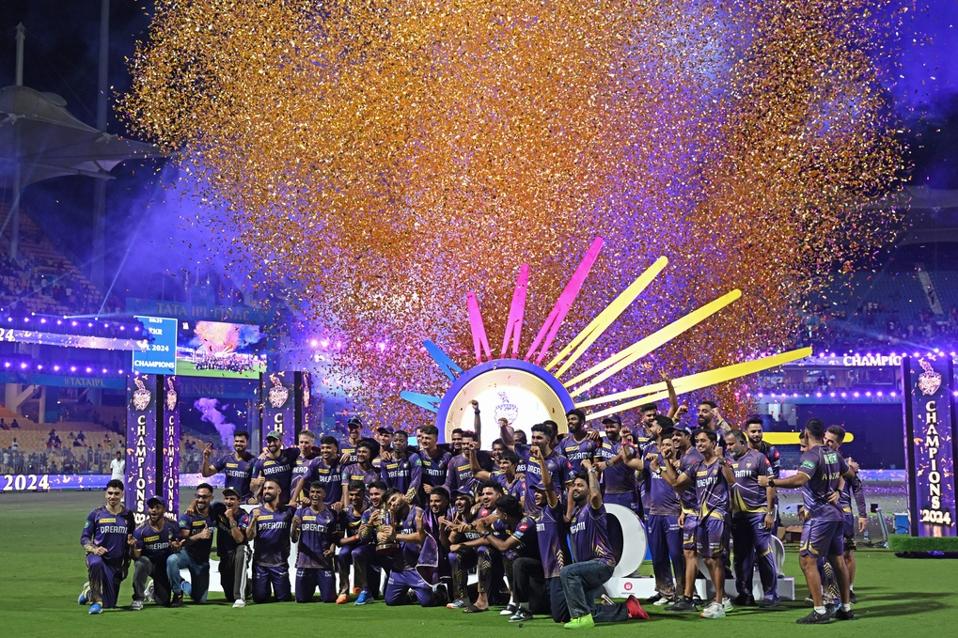Followers of cricket well know that the sport is shockingly skewed towards the wealthy nations and development beyond the elite is minimal.
It’s become so widely accepted, with authorities seemingly unable or not willing to do anything, that after a while everyone has become numb to it all.
But when the numbers are reinforced in bold print, as underlined in a 31-page report by World Cricketers’ Association, it’s damning and disturbing.
Here are just a few of them. Of the total revenue from the International Cricket Council, 50 per cent is distributed to the largest three countries, already armed with billion-dollar domestic broadcast deals. India, cricket’s superpower, gets a whopping 38.5 per cent of that pie.
Those three countries, once derided as the ‘big three’ after trying to hijack the sport a decade ago, take in 87 per cent of bilateral international cricket revenues. In contrast, just two per cent of global cricket revenue is distributed to countries ranked 13th to 108th – who are not part of cricket’s Full Membership in the ICC’s archaic tiered system.
There is a leadership vacuum as highlighted in the WCA report, which is off the back of a six-month review. It is based on feedback from 64 stakeholders, including top players and administrators.
“There is a lack of overarching leadership in the game providing global direction, leading to regional self-interest, short-term thinking and an imbalance of power,” it says.
Cricket’s power lies with the 12 Full Members, who receive more funding and hold greater power through coveted spots on the 17-person ICC board.
“Due to the ICC’s governance model and positioning as a ‘members organisation’, there is currently no independent or benevolent global leadership body setting global direction and providing clarity, and with an ability to effectively regulate the sport transnationally,” the report said.
“This distinction is important, as a members organisation works for the benefit of its own members, whereas an international governing body works for the benefit of the whole sport.”
The report advocates for a chaired Global Game Leadership Committee to be established and comprised equally between national boards, T20 leagues/franchises, players and independents. It would make recommendations to the board and attempt to transform the ICC into a global governing body and removed from its current conflicted state.
This is not necessarily new. There have long been calls for a proposed governance overhaul. For at least the last eight years, it has been on the board table but there appears little urgency for action.
A “single tier of membership” proposal for the ICC was put forward in recent years, advocating for a “weighted category-based voting structure based on ICC’s distribution model and performance in competition structures”, while funding would “emulate” the current Associate Member model based on performances on-and-off the field.
Membership tiers would be replaced by “format status” for both men’s and women’s – Test, ODI or T20I, the short format where every member has status.
It did have influential support, but not enough, and the proposal has seemingly faded away. With new ICC chair Jay Shah about to helm his first round of meetings next month, the topic is set to be overshadowed by several big-ticket tissues but could be raised.
“It’s been spoken about for years, it’s long overdue, but seemingly stalled,” a veteran administrator told me. “There is a new chair in the role with new ideas, but it is likely to be discussed in some capacity.”

